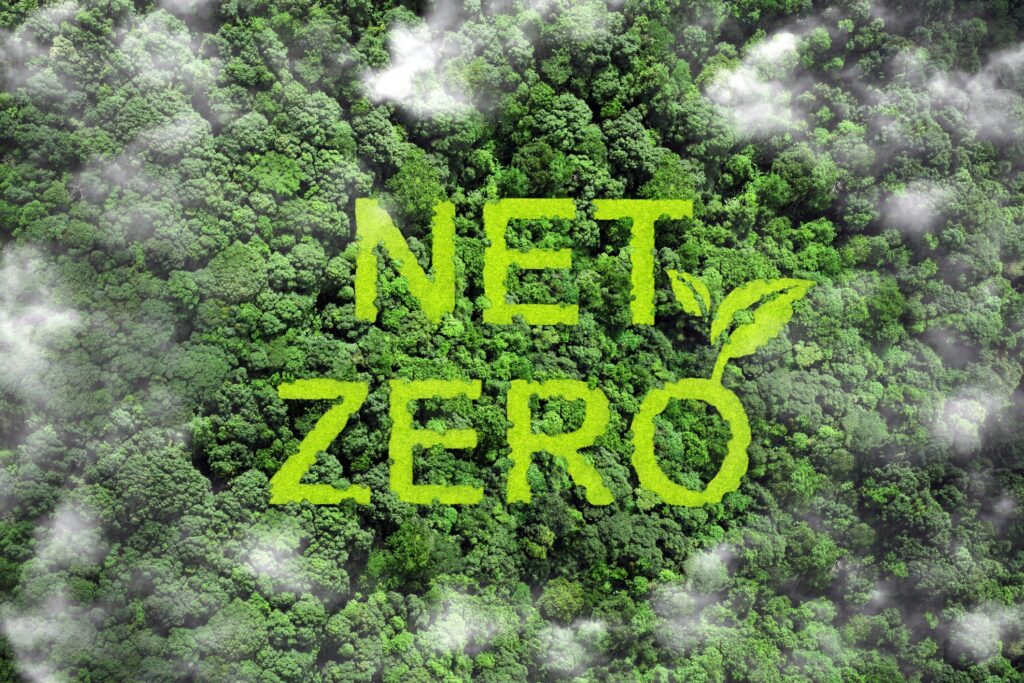You Cannot Decarbonize Alone: Why Transportation Supply Chains Need Collaborative Partnerships
In transportation, your carbon footprint is only as low as your supply chain partners’. As companies push toward net-zero goals, this reality is impossible to ignore. Most freight emissions sit outside a company’s direct control, making collaboration the new foundation of sustainability leadership.
The transportation sector is changing quickly. Decarbonization has shifted from being an internal compliance task to a shared responsibility across shippers, carriers, ports, and intermediaries. The companies gaining the most traction are those strengthening their networks and treating sustainability as a collective effort rather than a siloed initiative.
This is the future Greenabl is helping the industry build: cleaner, connected, and collaborative.
The Scope 3 Reality
Up to 90 percent of logistics emissions are Scope 3, generated by third-party carriers and partners. Even the most ambitious internal sustainability programs cannot overcome that fact. A company can optimize routes or redesign packaging, but without aligned action across its transportation network, progress will plateau.
Supply chain decarbonization requires ecosystems. When shippers and carriers work toward shared goals, the entire network benefits from lower emissions, improved efficiency, and stronger compliance outcomes.
Data Transparency
Collaboration begins with visibility. For years, emissions data has been inconsistent, siloed, or locked in proprietary systems, making it difficult to set baselines or identify meaningful reduction opportunities.
When all partners work from the same information, they can pinpoint hotspots, compare performance, and take coordinated action.
Greenabl helps close this gap by providing a single point of truth through standardized emissions measurement and reporting. With a unified view of data, shippers and carriers can make informed decisions and move forward with confidence.
Shared Metrics and Standards
Effective collaboration depends on measuring carbon the same way. Frameworks such as GLEC and the ISO 14083 standard create a consistent methodology for calculating and reporting logistics emissions.
Aligning on shared metrics removes confusion and reduces friction. Greenabl brings multiple data inputs together into a harmonized, verifiable reporting structure that gives every stakeholder a clear and comparable emissions profile. This consistency becomes the basis for actionable planning.
Making Sustainability a Procurement Priority
Sustainability is quickly becoming part of the baseline for transportation performance. When procurement teams integrate emissions criteria into RFPs, scorecards, and carrier evaluations, decarbonization becomes a core requirement rather than a separate initiative.
Carriers are responding by investing in cleaner technologies and promoting their emissions reduction programs. This alignment creates a more predictable framework for vendor selection, strengthens accountability between partners, and encourages continuous innovation. When sustainability is embedded into commercial strategy, collaboration becomes easier and more productive.
Co-Investing in Low-Carbon Solutions
The most effective progress happens when shippers and carriers commit to advancing low-carbon solutions together. Many promising technologies and pilot programs require shared participation, whether through electric drayage, renewable diesel, biofuel options with ocean carriers, or route optimization tools.
Joint investment reduces financial risk and broadens the opportunity for carriers of all sizes to participate. Greenabl supports this model by connecting members to aggregated demand, vetted mitigation pathways, and actionable insights. In this structure, decarbonization becomes a shared investment that generates shared value.
Building Accountability Through Shared Targets and Incentives
Partnerships strengthen when expectations are clear and progress is measured consistently. Establishing joint reduction targets creates direction and reinforces shared responsibility. Transparent, standardized monitoring ensures that every partner can track performance and adjust as needed.
Incentive models further reinforce engagement. Preferred-carrier status, data-sharing benefits, and jointly supported carbon reduction projects all encourage continuous improvement. These approaches build long-term trust and help elevate performance across the network.
Embed Collaborative Partnerships Across the Transportation Supply Chain
When companies embed sustainability into their partnerships, the benefits extend far beyond emissions reduction. Coordinated decarbonization supports more efficient operations, better cost control, improved network reliability, and stronger ESG alignment. It also enhances brand reputation at a time when customers and regulators expect measurable environmental progress.
The companies that embrace collaborative models now will shape tomorrow’s transportation networks. The future of freight depends on connected decisions, transparent data, and coordinated sustainability strategies across the entire supply chain.
At Greenabl, we help transportation partners turn shared carbon data into shared success. Contact our team to start building your collaborative decarbonization strategy today.


